 Hi folks! I hope you are enjoying the summer in your RV! This month, we’ll talk about appliances, severe weather, clogged drains, and wandering motorhomes. Remember to submit your RVing questions to [email protected].
Hi folks! I hope you are enjoying the summer in your RV! This month, we’ll talk about appliances, severe weather, clogged drains, and wandering motorhomes. Remember to submit your RVing questions to [email protected].
—————————————–
Mark – in a recent column you mentioned that RV fridges, hot water heaters, and furnaces have a typical lifespan of 10-12 years. Is that 10-12 years spent in use or 10-12 calendar years. I’m asking because we are thinking of buying a pre-owned unit and if it is calendar years we will want to take that into consideration. Regards – Yvonne
Hi, Yvonne,
I’ve got to say that my 10-12 year estimate assumes an RV that is in normal use, not one that has spent years in storage. In some cases, using the appliances is actually better than letting it sit idle for long periods (like years). A lot depends on where the RV sat for those long periods. If, say, it was in covered storage, or a garage, in a low humidity climate, unused appliances could last a lot longer, because corrosion would be less of a factor. A lot depends on how well maintained the appliances were during their lifetime. However, I think that for the most part, you should consider that any RV that is 10-12 years old is likely to have some appliance issues in the near term, regardless of how it was used. Will every appliance fail close on 12 years? Of course not, some will last a lot longer, some will fail a lot sooner. There is no exact science here, just an observation of what seems to be “typical”. If you get a good deal on an older unit, just factor in that some of that savings will need to be reserved for potential age related repair costs.
—————————————–
Mark:
We have an Amana Stove/oven in our 2012 5th wheeler. The oven has always hard to lite and at times won’t lite at all. Later the same day it will lite, or not. The stove burners are always lit before we even try to lite the oven, so propane is available. Any ideas what might be causing our problem? Thanks, Pat
Hi, Pat,
When you finally get the pilot to light, is the flame normal size, or does it appear to be smaller than it should be? Sometimes the small copper tube that feeds the pilot will get crimped during installation, restricting the gas flow. Lighting a stove burner and letting it run for half a minute should make sure that the gas line to the stove is fully purged. Shut the burner off, then turn the oven knob to the pilot position and push it in and hold it for 15-30 seconds before you even get down there to try and light the pilot. That should purge the line from the gas valve to the pilot. Then, see if you can get it to light. If that procedure works, run with it! If it is still unreliable, you should probably have the stove looked at by a qualified person.
—————————————–
Mark:
Recently we parked our truck in an RV park pavilion, along with other travelers, to protect it from anticipated hail. We were under severe thunderstorm warnings and then tornado warnings that lasted about four hours. While we were able to take shelter in restrooms or other stone buildings, or rig of course could not. Question is: when leaving the rig alone during expected high winds and rain should you pull the slides in (I have three) or leave them out. Which is more stable and less likely to tip or overturn? (Stabilizers out of course, and kingpin tripod also). Thanks, Bob (Turned out everything was fine back at the rig… no wind damage or leaks).
Hi, Bob,
To answer your question: If you are in a severe weather situation, always retract all slides, as the slides have a much better weather seal when they are retracted. The seals on an extended slide will not stop wind-driven rain from entering the coach. The coach, with slides retracted, is capable of travelling at highway speeds and can withstand high winds very well, as long as they are not straight from the side. Even then, it takes a lot to tip a rig over. Severe weather is a real danger for RVers, because RVs are generally not built strong enough to provide any real protection. When travelling in areas that often experience severe weather, it is mandatory to stay connected to the local weather forecast. A weather radio is probably the most reliable means to do this. It is also necessary to pay attention to what county you are parked in, as all severe weather warnings are given by county. When a storm threatens, take steps early to prepare the rig: Retract slides and close windows and vents. Stow all chairs and satellite dishes, awnings, antennas, etc. I suggest that you prep the RV for travel in the case of a hurricane approach or a developing flooding threat, as you may need to move quickly if an evacuation is started. If a severe thunderstorm or tornado threatens, move out of the RV and into a safer place, like a strong permanent building or shelter. Most RV parks located in severe-weather-prone locations will have some sort of suggested shelter onsite, and that information is usually on the park map or information sheet you get when you check in. If not, ask the staff when you check in. I would never, for instance, stay in an Oklahoma, Kansas or Nebraska RV park in severe weather season without knowing where the shelter was and how to access it! If you are on the road, and in the path of a tornado you can see, immediately abandon the RV and seek shelter in a ditch, culvert, or structure. Anywhere is safer than the RV, even if you are just lying flat on the ground! You can minimize your risks by paying attention to the weather and keeping track of your location and the shelter resources around you. A little advance thought and preparation will pay off in a big way, if bad weather develops.
—————————————–
Hi, Mark,
We have a 1999 Itasca motorhome. We want to do something to stabilize it against wind created by trucks as they go past, making the motorhome hard to steer. What would be the best solution, or if several things are necessary, what would you recommend? Thanks, Konnie
Hi, Konnie,
Steering stabilizers do help, but no combination of anti-sway bars or stabilizers will completely eliminate that push from wind or passing trucks. The stabilizers are designed to reduce the effect to a comfortable level. If you are currently having to white-knuckle it, I suspect that adding stabilizer hardware will help. However, if the sway or wander is not really significant, or if you feel reasonably comfortable driving the rig, and just want it to handle more like a car, the limited improvement you’ll get from adding a stabilizer may not be worth the cost. Tires can also have a big effect on the way the rig handles. You might want to try experimenting with tire inflation pressures a little. Sometimes that will help reduce sway or wander. Also, have the steering gear and suspension checked. One loose component or an alignment problem can make a huge difference. Steer Safe markets a simple and fairly inexpensive stabilizer… take a look at http://www.steersafe.com/. Another option would be the Safe T Plus stabilizer, http://www.safe-t-plus.com/.
—————————————–
Mark: Slow drain in kitchen and backup into second sink. What to use to clear? Christine
Hi, Christine
I suggest you don’t even bother with the liquid clogged drain clearing products like Drain-o and such: I have never had any of them work for me in an RV. I have found that the most effective way to fix a slow draining sink is to remove the drain pipes and trap under the sink and take them outside to clean and flush out with a garden hose. The drain pipes are plastic, and are easy to remove without tools (usually) and easy to reinstall. If the clog is not there, then you have a clog somewhere between the drain connection under the sink and the grey water tank. These kinds of clogs are usually caused by rinsing grease and oils down the sink drain and can be a real hassle to clear. I have had pretty good luck using a hose end adapter and water pressure to flush clogs out of those pipes. These adapters are often called drain cleaning bladders or hose bladders. They attach to the end of a garden hose and expand inside a pipe to make a seal, and then the water pressure forces the clog to break up and move on down the pipe. Here’s an example of what I’m referring to: http://www.amazon.com/Cobra-Products-331-Cleaning-Attachment/dp/B000KKRQUM . You can usually find them at hardware stores or home improvement stores in the plumbing department. To use the bladder, you must remove the drain pipes and P-trap under the sink to get access to the main drain pipe. Inserting the bladder into that pipe and applying water pressure *should* clear the clog. Good luck, and don’t sue me if it backfires and you get soaked! LOL! To prevent a clog from reoccurring, never rinse any kind of oil or grease down the drain in your RV. That stuff clogs up your pipes like cholesterol in an artery!
—————————————–
Do you have a question for Mark? Please submit your question via email to [email protected].
Please remember, material will be edited. Because of the large volume of material and correspondence submitted, individual replies will be limited to questions that are chosen for publication.
Founded in 1978, the Escapees RV Club provides a total support network for RVers that includes a wide variety of opportunities for fun, adventure, and education.
MAIL SERVICE The best mail–forwarding service in the country. Members can personalize their mail delivery receiving only the mail they want when they want. MAGAZINE Award-winning magazine written for RVers by RVers.
CHAPTERS There are 51 chapters across the U.S., Canada, and Mexico that offer local luncheons and rallies within 150 miles of home.
HOPs Theme–related outings and adventures held across the country.
ESCAPADES Five–day educational events that offer over 60 seminars and workshops to educate, entertain, and enhance the RV lifestyle.
PARKS Our discount park system offers a variety parking options. PLUS MUCH MORE!
A complete listing of all Escapees events and a comprehensive list of member benefits are found at www.escapees.com.

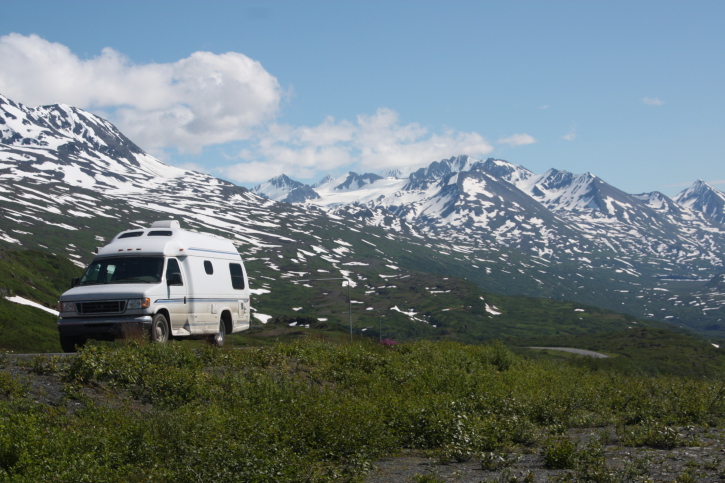

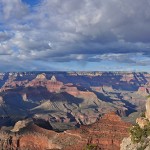


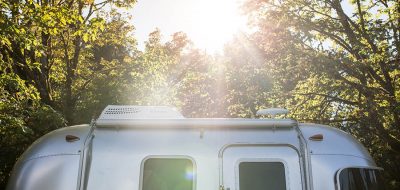
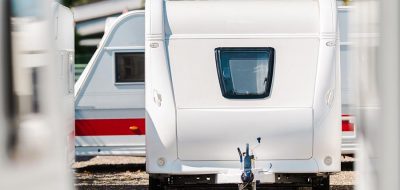


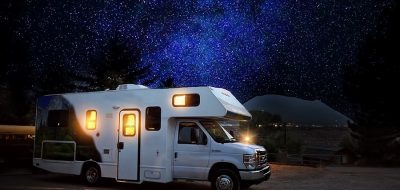
Will
Pat / Oven will lite sometimes , sometimes not problem might be thermocouple is loose or bad an easy fix and worth doing before calling a pro.
Guadalupe Moreno Jr
How do you keep an rv motorhome cool when there is no shade to park under?